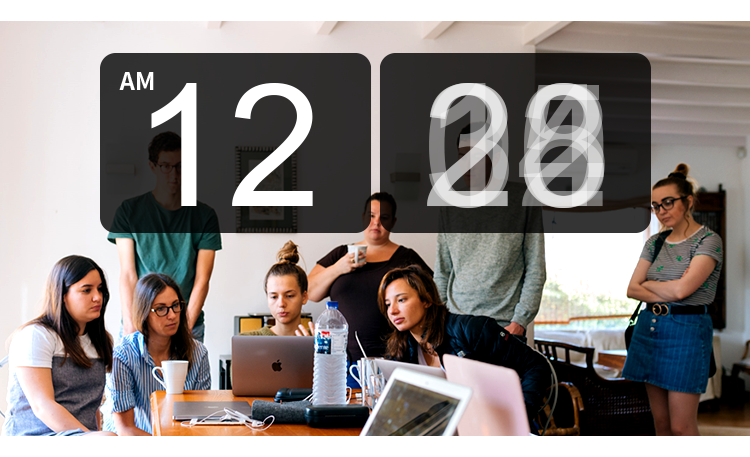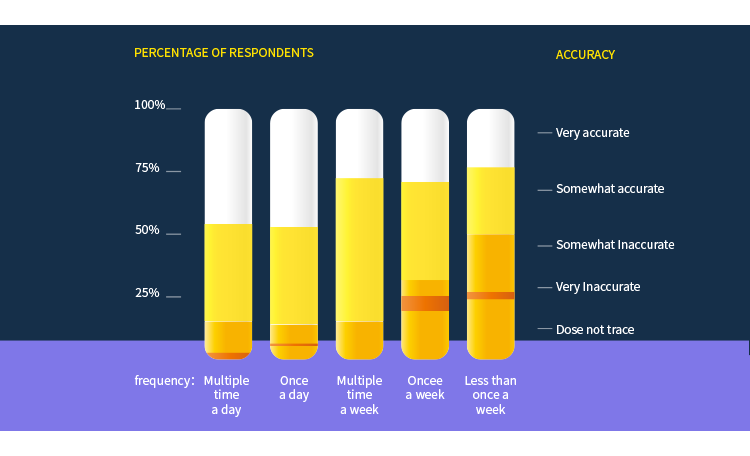
- Timesheets Equal Money

According to the Quick Book study, 80% of employee timesheets need to be corrected. Ineffective timekeeping is costing you money but how can you enhance your organization’s timekeeping capability? The following suggestions can help you make timesheets less of a painful and inaccurate afterthought and more of a useful part of every employee’s daily workflow.
Automate, automate and automate
Entering a timesheet should not be completely reliant on someone’s memory in the first place - it is way too important to leave it to chance. Modern timesheet software such as Timesheet has made it easier to automatically fill in employee timesheets such as based on the planned work hours of their tasks and employees can simply review automatically created time entries rather than starting with a blank slate.
Timekeeping is integrated with business systems
Filling in your timesheet is painful if your timesheet system is a disconnected afterthought and not part of your business systems people use to get their work done. The best way to make timesheets work in your business is to make sure the place where people enter their time is the same place they’re doing their work. If they’re managing sales, procurements, projects and service tickets or other work, you need to make it easy for people to enter their time as they go about their work.
Aside from the benefit of dramatically cutting time leakage, the other handy thing about bringing time entry into your key business systems is that you would have much better insight into budget usage. By seeing the hours spent on activities in particular in close to real time, your managers will be able to see budget usage and handle problems before they become disasters.
Make time entry effortless
The third big reason why timesheets are so painful to use is that keeping track of time is scrappy and manual. Since most timesheet applications don’t allow users to enter time easily as they go, people end up having to use their own manual way of keeping track of what they’re doing - like a notepad on their desk, or a text document open in the background on their computer - and they have to remember to be disciplined about tracking when they start and finish working on tasks, only to then have to transcribe it all later. Only the most disciplined of people are able to be relied upon to get this right!
Making it effortless to track work is a big part of the solution. By allowing users to quickly create a timer and then let technology do the counting in the background, your people lose a big part of the friction associated with keeping track of their time. If you can’t make this happen - because your project management system doesn’t handle people entering their time for some reason – you would want to make sure that your timesheet software links to the main business systems in the back-end so people can go to the timesheet software and see the list of sales, purchases, projects and service tickets or other work they have scheduled and easily enter their hours against it - simply showing a user a blank screen and expecting their memory to fill in the blanks isn’t the way to go.
Track time everyday
According to Harvard Business Review (HRB), people who fill in timesheets at least once a day are more accurate than those who fill in timesheets once a week. This is also consistent with the Ebbinghaus Forgetting Curve -- humans only retain 23 percent of what they learn after six days. See the following chart published in HRM:









